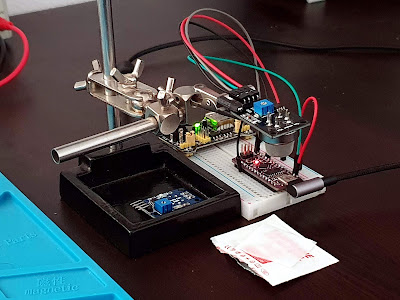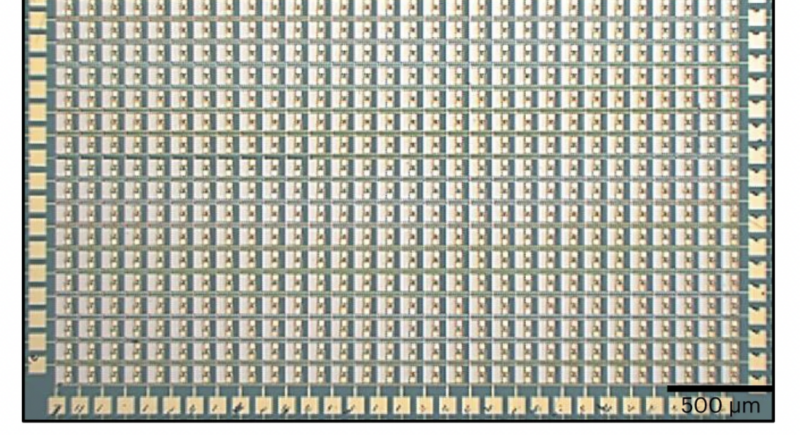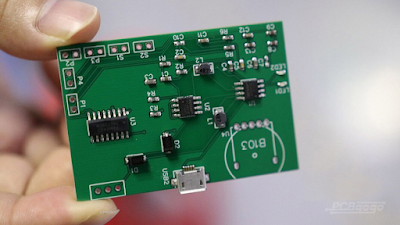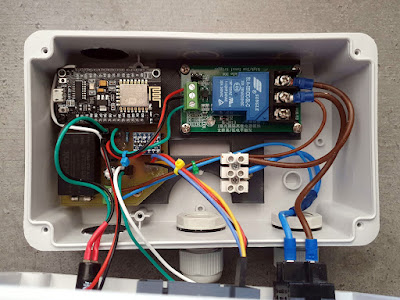-
chevron_right
Attempts at reading data from MQ-2 gas sensor (2)
pubsub.slavino.sk / onetransistor · Friday, 30 December, 2022 - 21:16 edit
MQ-2 is a gas leakage detecting sensor with good sensitivity to a wide range of gases. Since you can get most MQ sensor on ready-made modules, people are interfacing those with development boards. However, the modules are far from perfect. Some of the sensors require variable heater voltages. This is not the case for MQ-2. Since I own a module with this sensor and it can probably be used as is, I decided to make some tests while I'm waiting a PCB for MQ-9 to be manufactured and shipped.
In the previous post I explained why modules with MQ-7 and MQ-9 are no good. Now, I'm about to discover the same for MQ-2. I thought I could use the module as is, since I am more interested in finding a method of computing useful data from the analog output of the sensor. With an Arduino compatible board and an MQ-2 module I will attempt to get ppm values. But not before some parts swapping.
 |
| MQ-2 test fixture, with sensor exposed to alcohol |
Read more
Značky: #Elektro, #Gas, #Sensor, #Electronics, #MQ-2, #Arduino




